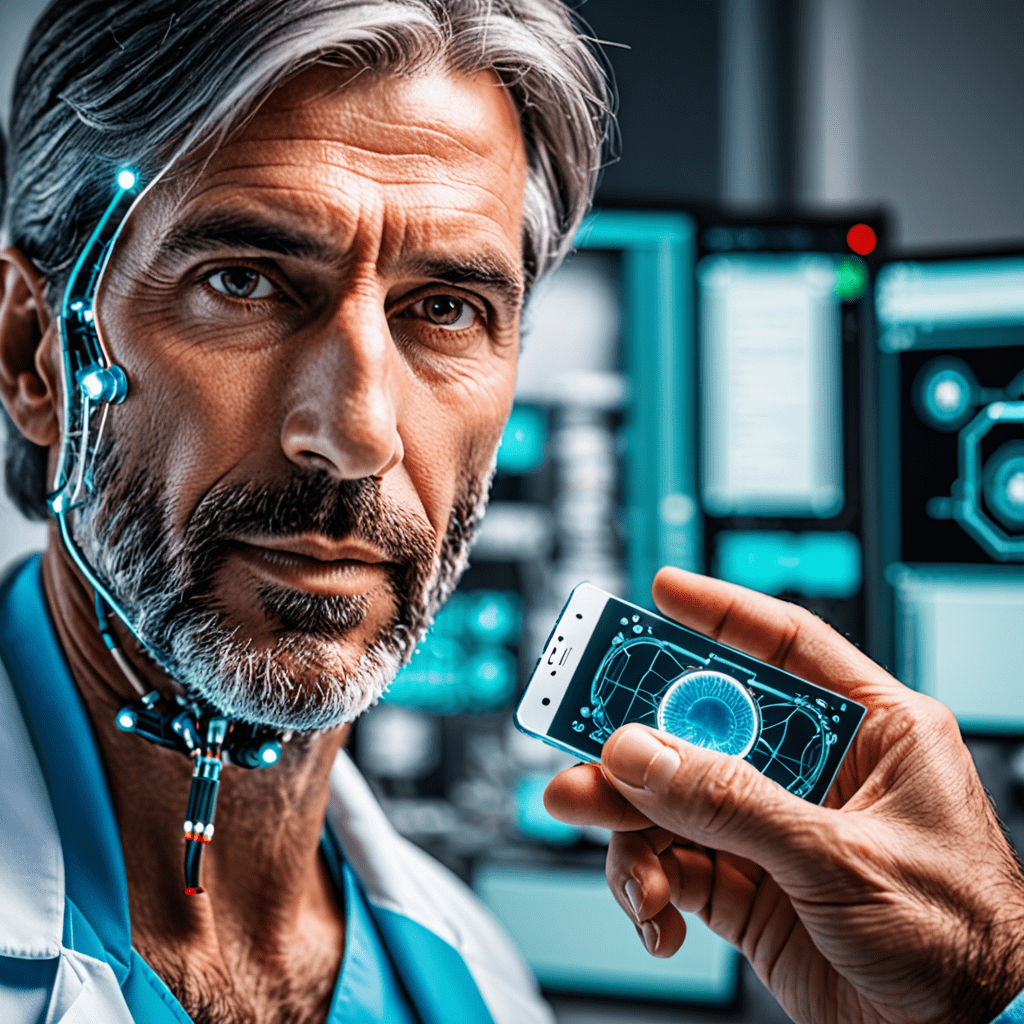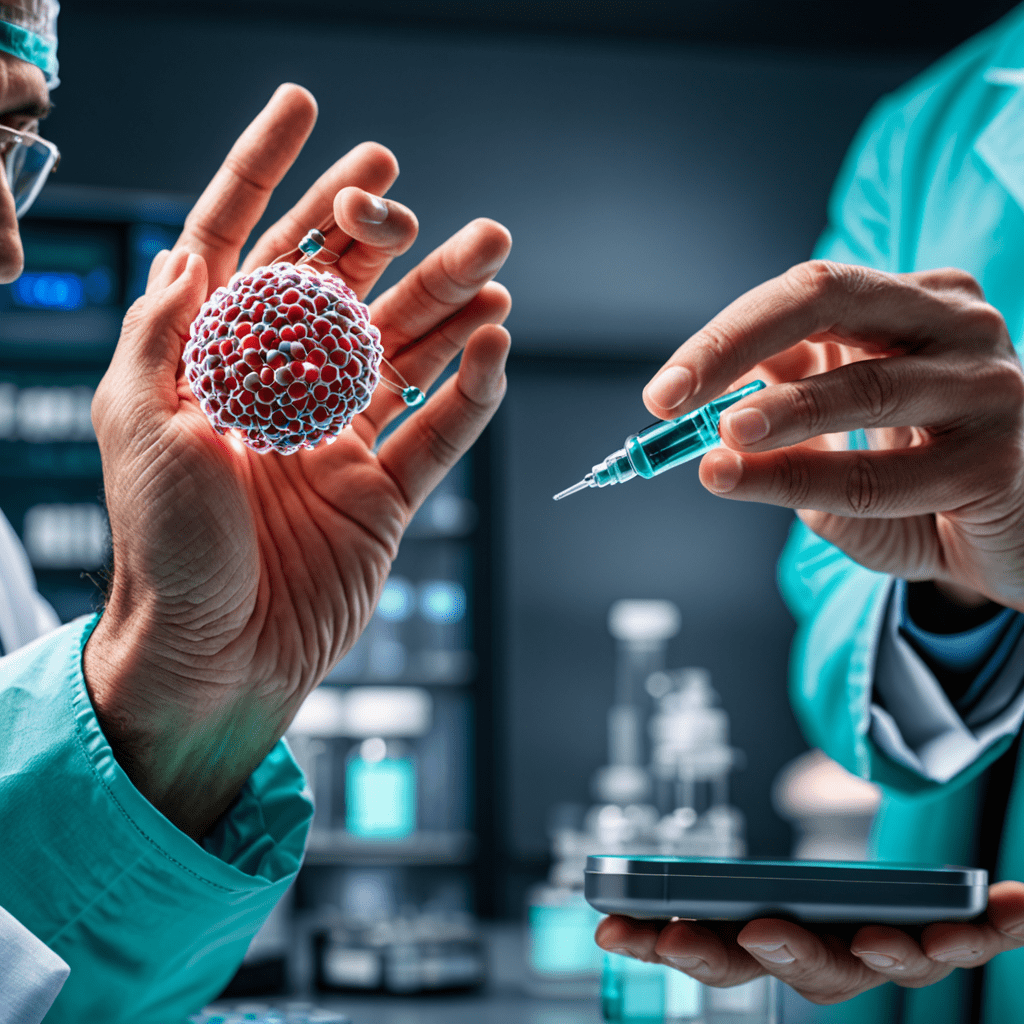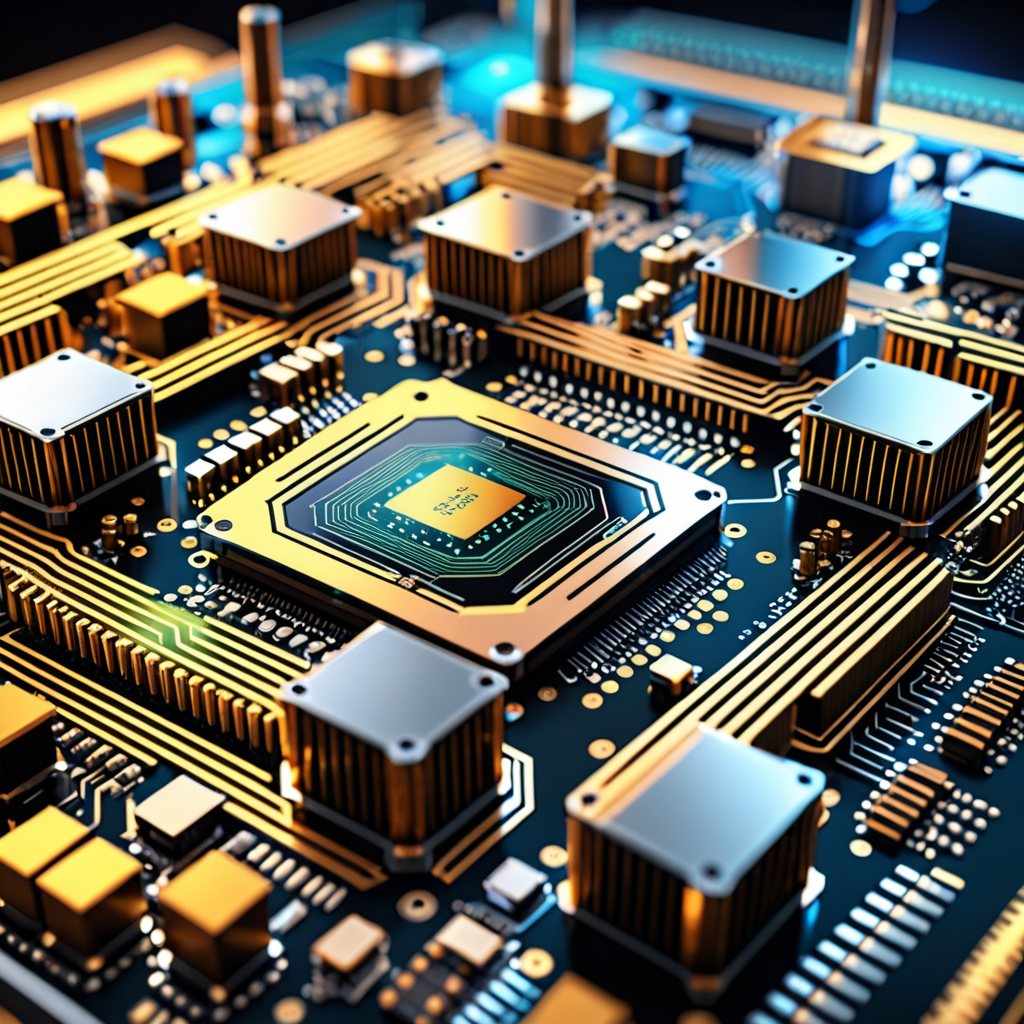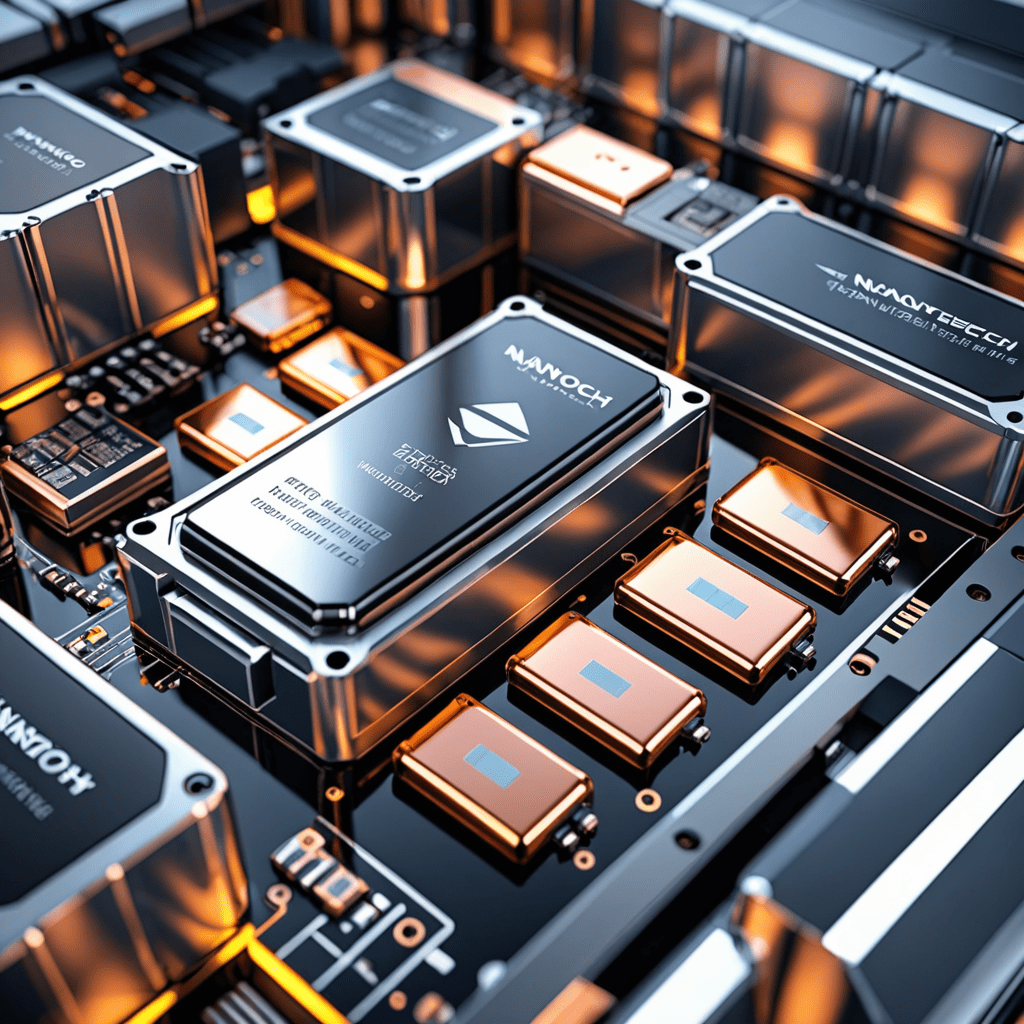
The Impact of Nanotechnology in Biomedical Devices on Healthcare
Introduction to Nanotechnology in Biomedical Devices
Nanotechnology refers to the manipulation of matter on an atomic and molecular scale. When applied in the field of biomedical devices, nanotechnology involves designing and engineering devices at the nanoscale to enhance diagnostics, treatment, and monitoring of various health conditions.
Enhanced Precision and Targeting
One of the key benefits of nanotechnology in biomedical devices is the ability to target specific cells or areas within the body with remarkable precision. By utilizing nanoscale materials and structures, healthcare providers can deliver treatments directly to the affected site, minimizing side effects and enhancing efficacy.
Improved Diagnostics
Nanotechnology has revolutionized diagnostic procedures by enabling the development of highly sensitive sensing technologies. Nanosensors can detect biomarkers of diseases at an early stage, allowing for timely intervention and personalized treatment plans.
Drug Delivery Systems
Nanoparticles are utilized in drug delivery systems to encapsulate medications and deliver them to specific areas in the body. This targeted drug delivery approach not only enhances the therapeutic effects of the drugs but also reduces potential side effects on healthy tissues.
Biosensors and Monitoring Devices
Nanotechnology plays a crucial role in the development of biosensors and monitoring devices for continuous health monitoring. These devices can track vital signs, detect abnormalities, and transmit real-time data to healthcare providers, enabling proactive and personalized healthcare.
Challenges and Future Directions
Despite the immense potential of nanotechnology in biomedical devices, there are challenges in terms of safety, regulatory approval, and scalability. Researchers are continuously working to address these challenges and further optimize the integration of nanotechnology in healthcare to improve patient outcomes and quality of life.
Conclusion
In conclusion, nanotechnology in biomedical devices has the potential to revolutionize healthcare by enhancing precision, improving diagnostics, enabling targeted drug delivery, and facilitating continuous monitoring of health parameters. Embracing the advancements in nanotechnology can lead to significant advancements in healthcare, ultimately improving patient care and outcomes.
FAQs about Nanotechnology in Biomedical Devices
What is nanotechnology in biomedical devices?
Nanotechnology in biomedical devices involves the application of tiny particles (nanoparticles) in the development of medical tools and devices to improve healthcare outcomes.
How does nanotechnology improve healthcare through biomedical devices?
Nanotechnology enables precise targeting of cells and tissues, enhanced drug delivery systems, improved imaging techniques, and early disease detection, leading to more effective treatments and better patient outcomes.
What are some examples of nanotechnology in biomedical devices?
Examples include nanoscale drug delivery systems, biosensors for detecting biomarkers, nanorobots for precise medical interventions, and nanoparticles for imaging and tracking diseases within the body.
How safe is the use of nanotechnology in biomedical devices for patients?
Extensive research is conducted to ensure the safety of nanotechnology-based biomedical devices. Regulatory bodies closely monitor these devices to guarantee their effectiveness and safety for patient use.


